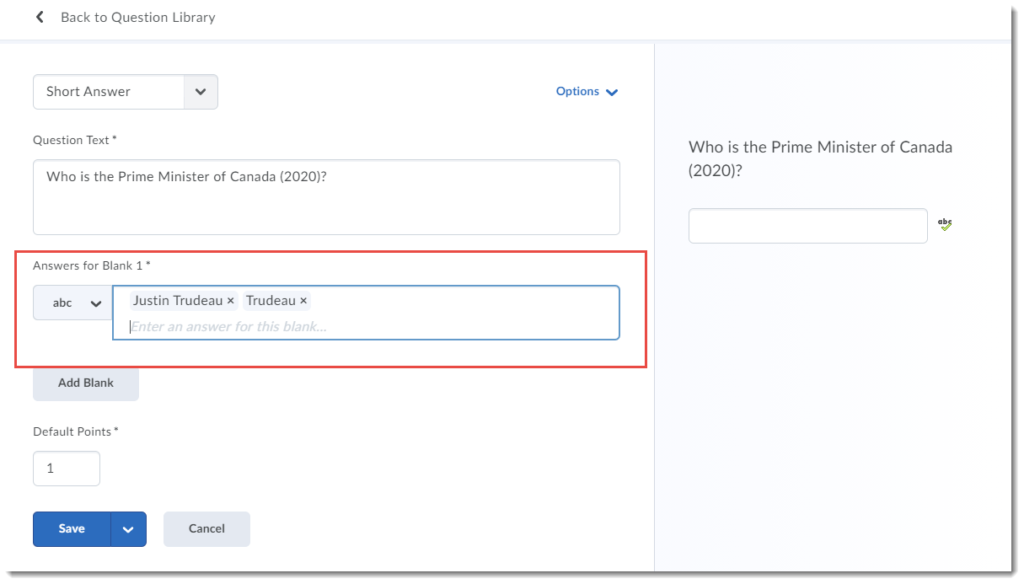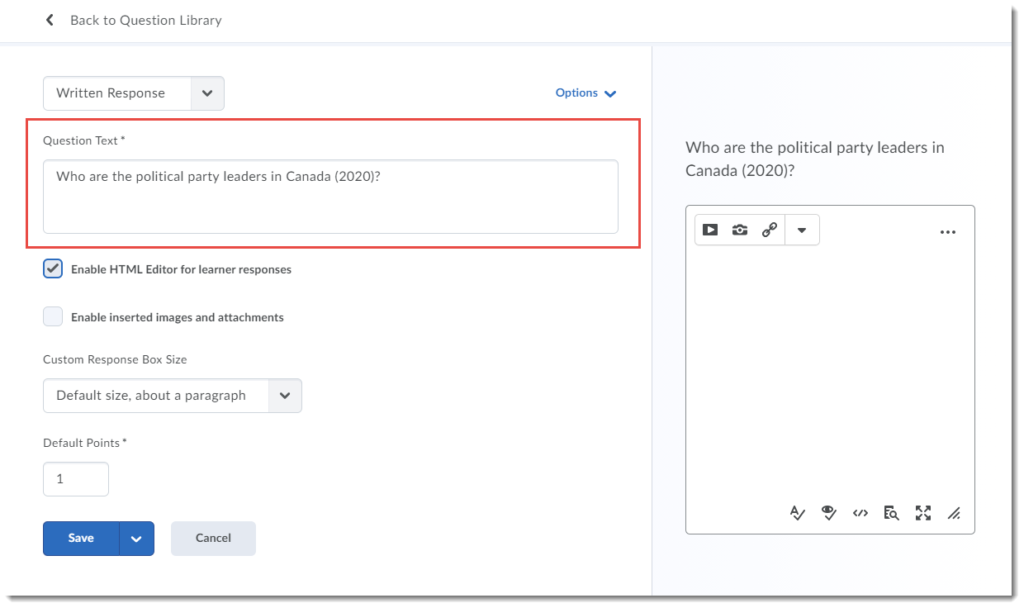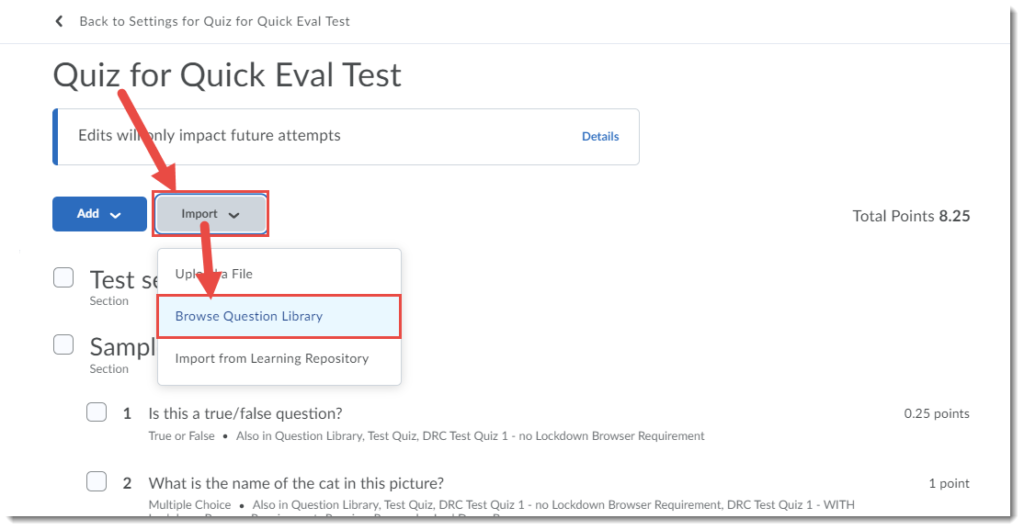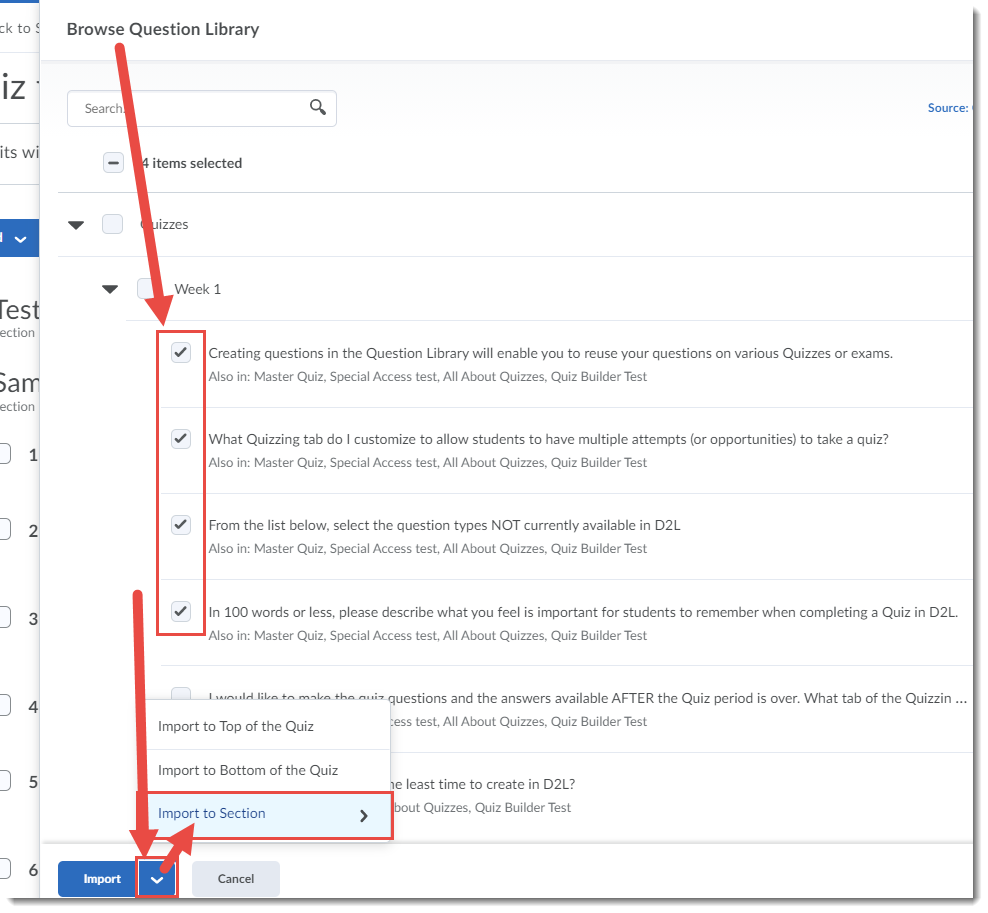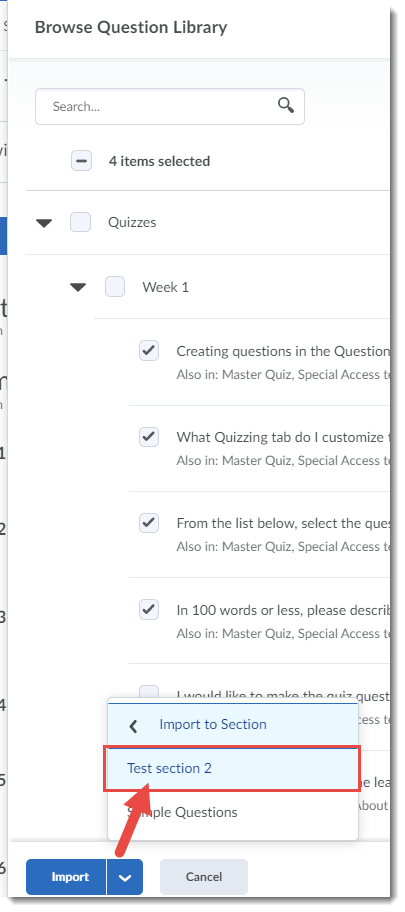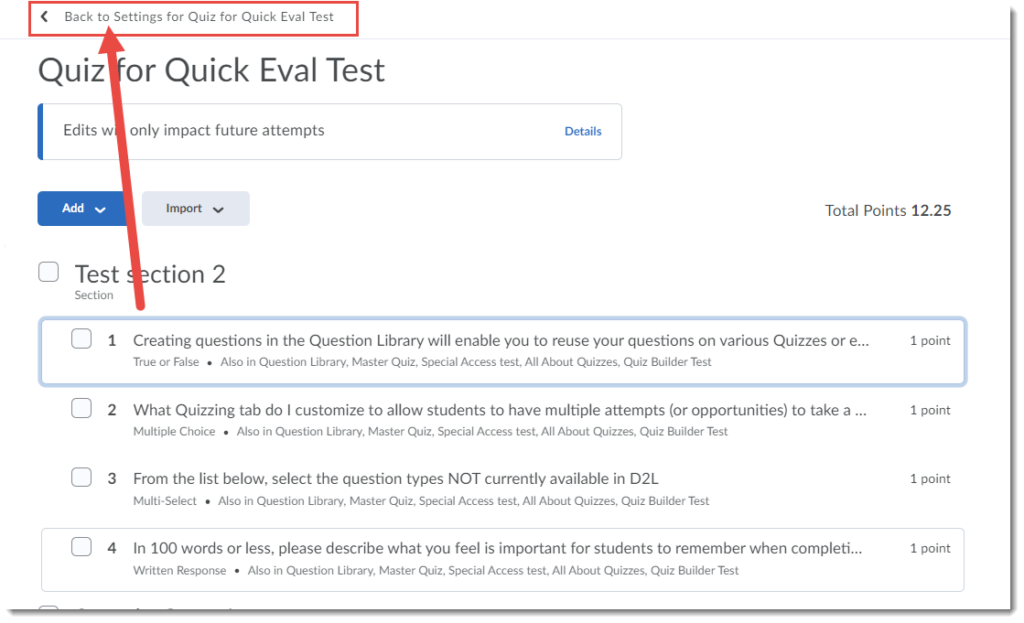Last week the Educational Technology Users Group (ETUG) ran a Cooking with H5P webinar which gave participants a great overview of how H5P works, and how to get started exploring it on your own. I encourage you to check out the recording.
What is H5P?
H5P (HTML-5-Package; https://h5p.org/) is plugin tool that enables faculty, instructional designers, etc. to develop creative, dynamic and responsive web-based content, activities, and assessments without having to have advanced technical expertise. H5P is an open-source tool, which means faculty can share their H5P objects with anyone – or adapt H5P objects developed by someone else – without being limited to a specific proprietary tool or platform.
Some of the benefits of H5P include:
- Increased student engagement. H5P allows you to develop a variety of responsive and interactive objects, including image Hotspots, Branching Scenarios, Flashcards, Dialog Cards, Interactive Video, and Speak the Words
- Opportunities for students to develop their own interactive objects. H5P provides students the opportunity to create their own H5P objects for sharing back as assessments or as learning objects for their fellow students.
- Open tool, open licenses. H5P objects can be Creative Commons-licenced, supporting the 5 Rs of Open Education Resources (OER) Reuse, Retain, Revise, Remix, Redistribute.. You can access templates, and adapt & reuse freely shared, CC-licenced H5P objects and resources from institutions world-wide, including from a wide network of users right here in British Columbia.
- Accessibility compliance. H5P is dedicated to ensuring that all its objects meet, or are on track to meet, Web Content Accessibility Guidelines (WCAG). A complete list of content-type accessibility is kept up-to-date by H5P.com at Content Type Recommendations.

